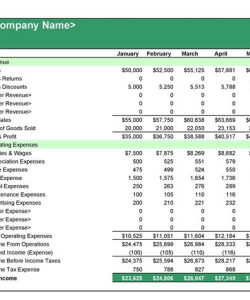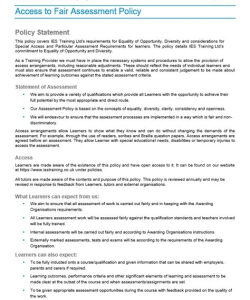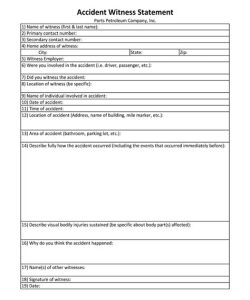Determining an investment policy statement (IPS) is a crucial aspect of managing financial assets. An IPS outlines your overall investment strategy, goals, and approach to risk. A well-defined IPS can help you make informed investment decisions, stay on track with your financial objectives, and avoid emotional decision-making.
Creating an IPS can seem daunting, but it doesn’t have to be. By using a simple investment policy statement template, you can efficiently outline your investment strategy. A template provides a structured framework that helps you consider all essential elements of an IPS.
Investment Objectives and Goals
The core of your IPS is establishing clear investment objectives and goals. Identify your short-term and long-term financial aspirations. Determine the specific purposes for your investments, such as retirement, education funding, or wealth preservation.
Quantify your goals with specific数値 values and time frames. For example, state that you aim to accumulate $1 million for retirement within 20 years. This clarity helps you prioritize your investment strategy and track progress towards your objectives.
Consider your investment horizon, which refers to the timeframe you expect to hold your investments. Determine the period of time before you will need to liquidate or access your funds. A longer investment horizon allows for more aggressive growth strategies.
Define your risk tolerance, which measures your willingness and ability to withstand fluctuations in market value. Assess your comfort level with potential losses and consider factors such as age, income, and overall financial situation. Your risk tolerance will influence your asset allocation and investment strategy.
Asset Allocation
Asset allocation involves dividing your portfolio into different asset classes, such as stocks, bonds, and real estate. The goal is to diversify risk and align your portfolio with your investment objectives and risk tolerance.
Determine the percentage of your portfolio you want to allocate to each asset class. Consider the potential returns, risks, and correlations between different asset classes. A balanced portfolio typically includes a mix of asset classes to reduce overall risk.
Rebalance your portfolio periodically to maintain your desired asset allocation. Market fluctuations can cause your portfolio’s composition to drift away from your target percentages. Rebalancing ensures that your portfolio remains aligned with your strategy.
Investment Selection
Within each asset class, you need to select specific investments. This process involves evaluating individual securities, such as stocks, bonds, or mutual funds. Consider the financial performance, management team, and fees associated with each investment.
Establish criteria for your investment selection. Determine the specific characteristics you’re looking for in investments, such as dividend yield, earnings growth, or credit rating. This helps you narrow down your choices and select investments that align with your investment strategy.
Conduct thorough research before making investment decisions. Analyze financial reports, consult expert opinions, and consider market trends. A well-informed investment decision-making process helps you increase the likelihood of successful outcomes.
Conclusion
Using a simple investment policy statement template provides a structured approach to creating an IPS that outlines your investment objectives, risk tolerance, and investment strategy. By clearly defining these elements, you gain a roadmap for your investment decisions and increase your chances of achieving your financial goals.
Remember to review and update your IPS periodically. The market conditions, your personal circumstances, and your financial objectives may change over time. A timely review ensures that your IPS remains aligned with your current needs and aspirations.



